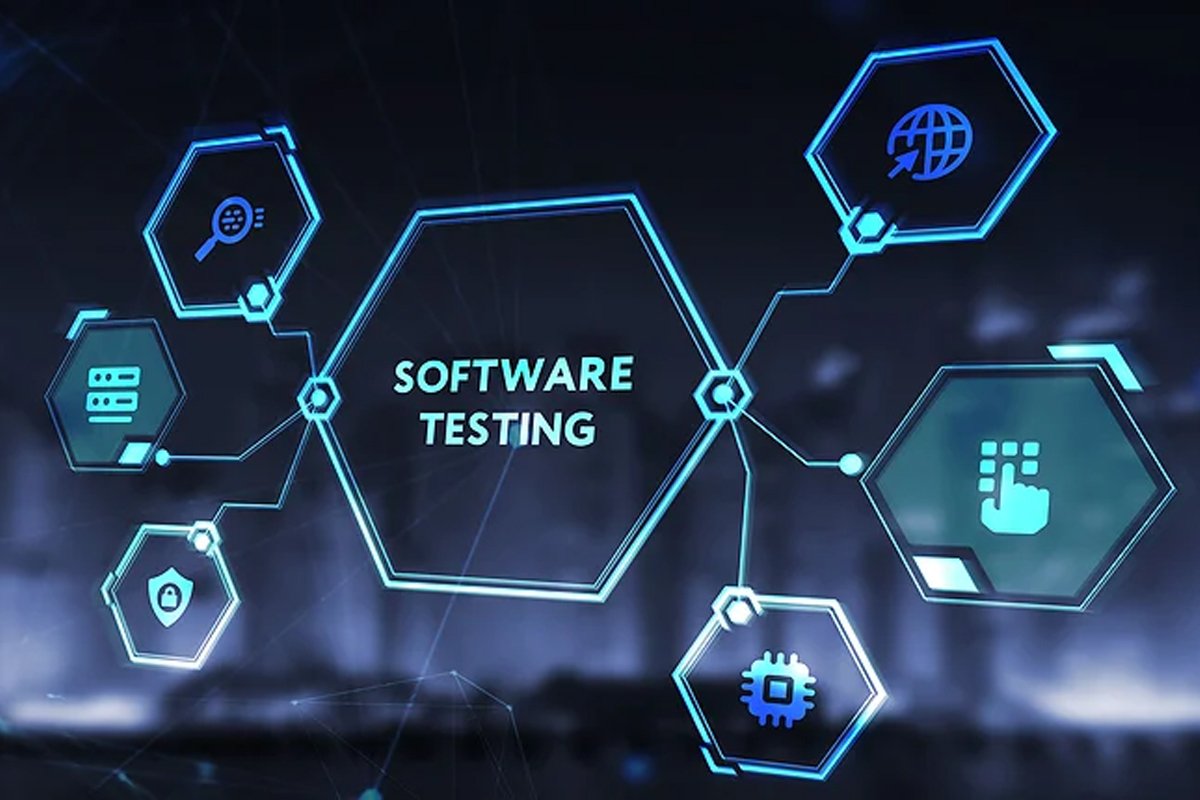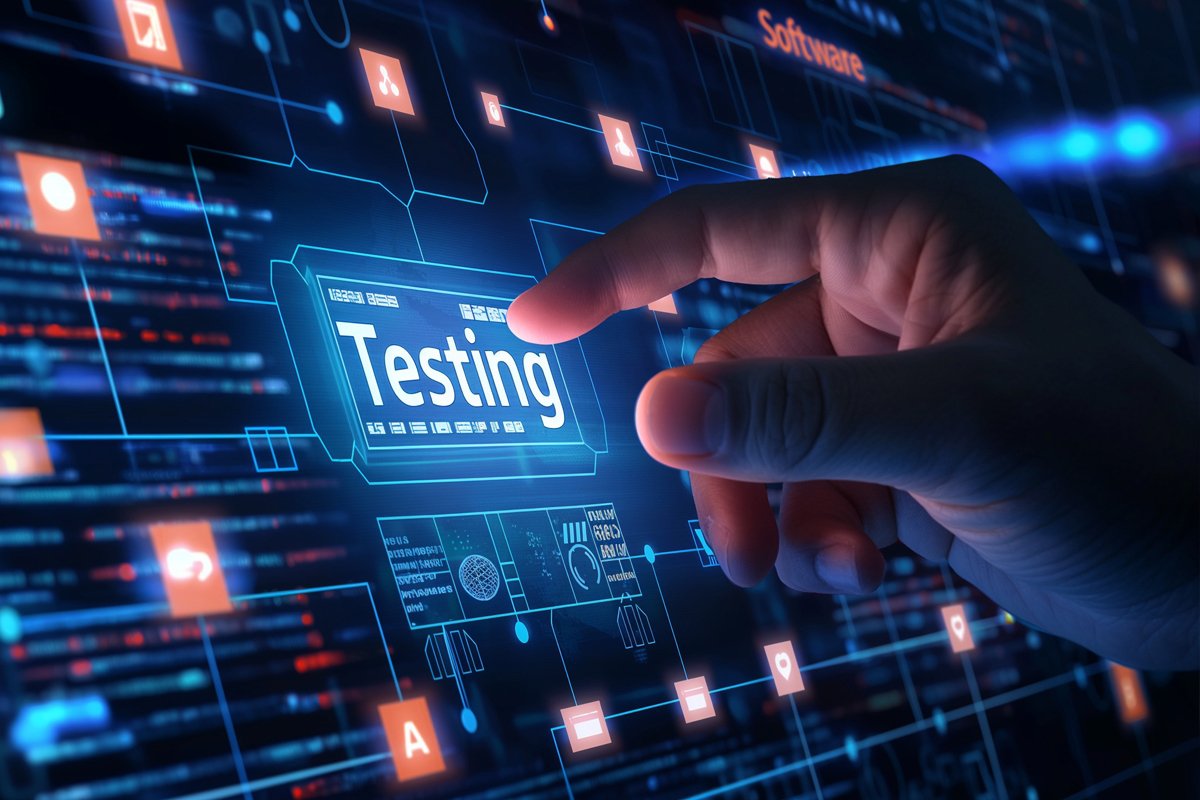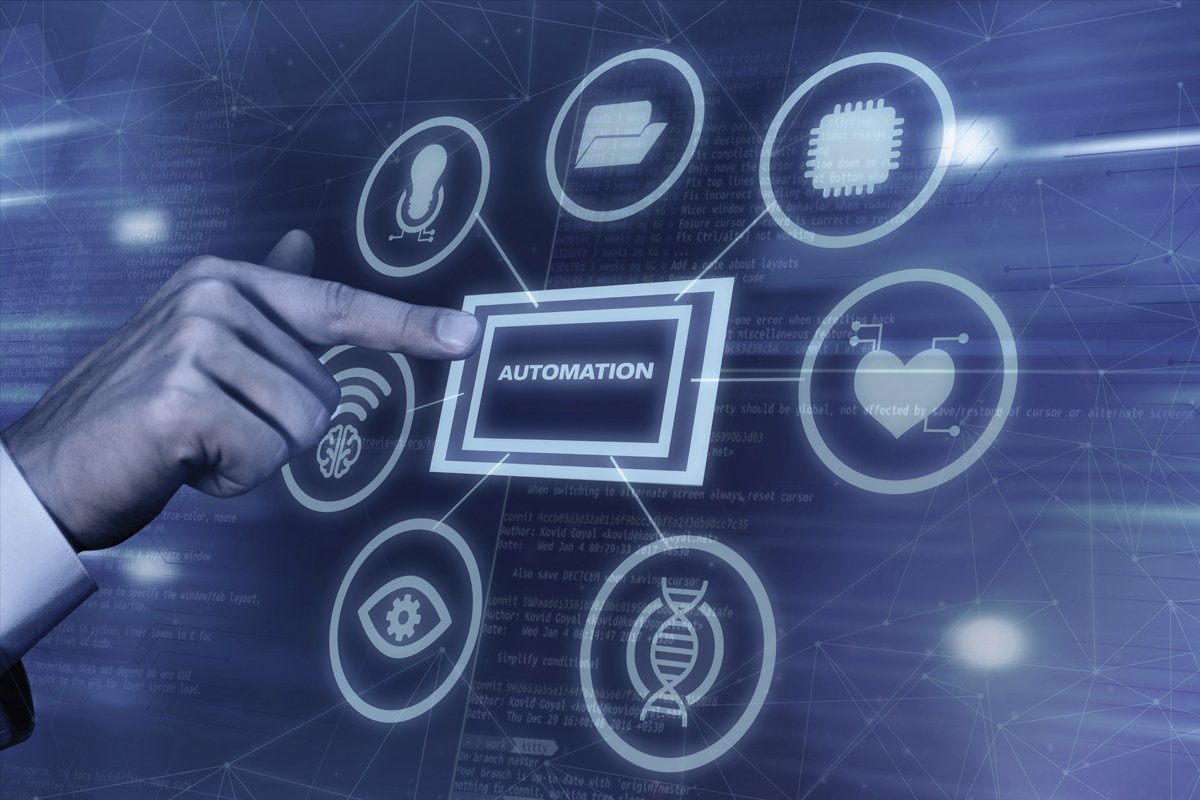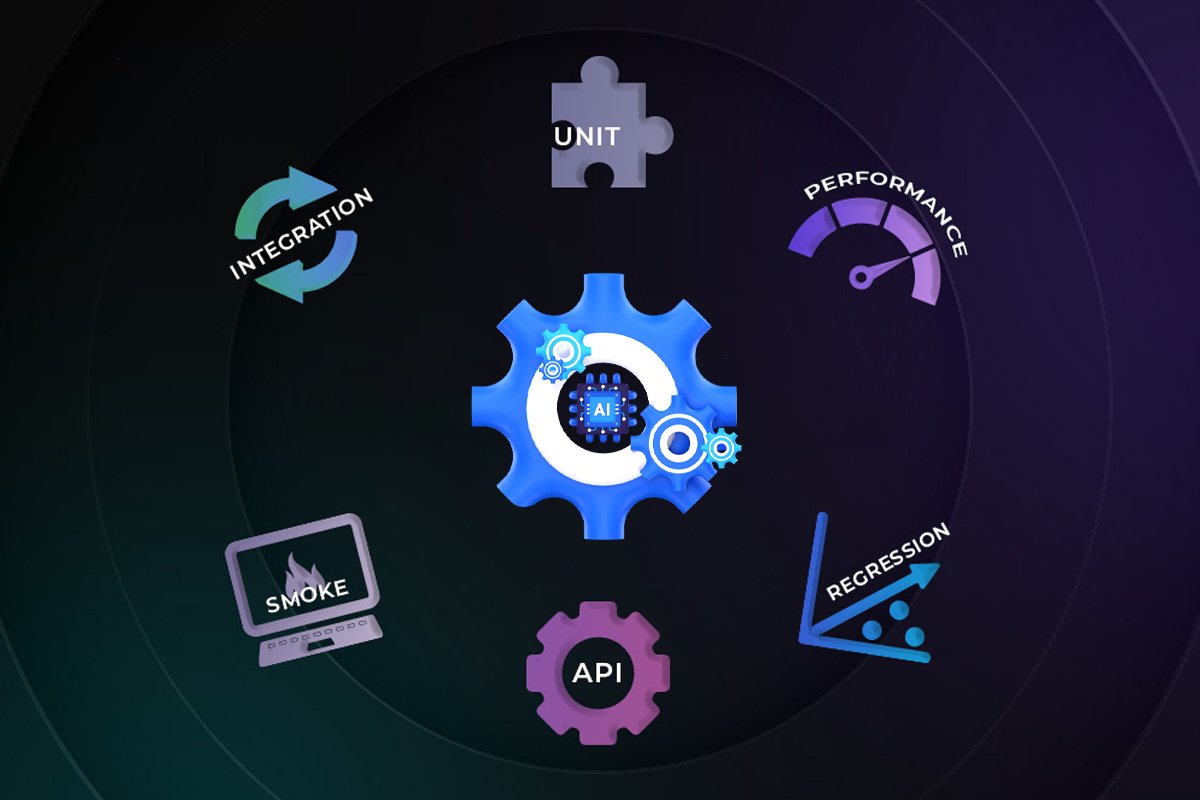Home Technology Best job opportunities after AI course Job Opportunities...
Read More- Home
- Web & Software
- Manual vs Automated Testing: Future in 2025
Manual vs Automated Testing: Future in 2025

Software Testing
Software testing is the process of evaluating software applications. It is to ensure the proper functions, to meet specific requirements, and to ensure defect-free production. Software testing plays a huge role in delivering high-quality, secure, and reliable software. The technology is evolving rapidly and shifting to the future with automation, AI integration, and DevOps practices. The demand for the best digital experience, mobile applications, and cloud-based platforms ensures that software testing remains a vital part of the development lifecycle. The scope for software testers is increasing across industries due to the emergence of trends like autonomous testing, blockchain validation, and AI-driven quality assurance. The skilled professionals in software testing will get abundant career opportunities and promising tech-driven careers.
A software testing course is a structured training program designed to teach individuals the concepts, techniques, and tools used to test software applications effectively. This course covers both manual and automation testing, which helps the learners identify bugs, validate functionality, ensure quality, and deliver error-free software. Software testing is the perfect course for freshers who are looking to enter the IT field. The manual vs automated testing is increasing daily. The software testing course offers jobs like Quality Assurance (QA) Engineer, Test Analyst, or Automation Tester.
Manual Testing

It is the process of manually executing test cases without using the automation tools. It focuses on checking the software manually for defects. Also, need to ensure the software application functions as expected. It involves carefully planning test cases, executing them, recording the results, and reporting any bugs or anomalies found. Manual testing is particularly effective for exploratory testing, usability testing, and ad-hoc testing. In this testing, human intuition and experience play a key role. It is time-consuming and less effective for repetitive tasks. It ensures that the software is user-friendly, meets business requirements, and is free of critical defects before release. The course covers the difference between manual vs automated testing.
Common Types of Manual Testing

Exploratory Testing
It is a hands-on experience that explores the application without predefined test cases. It relies on the tester’s intuition, experience, and creativity to find defects.
Ad-hoc Testing
It is an informal and unstructured testing without planning or documentation. Testers use their understanding of the application to find defects randomly and will find unexpected issues quickly.
Usability Testing
It ensures the software is a user-friendly, intuitive, and efficient software application for end users. It mainly focuses on the overall user experiences, which include navigation, design, and ease of use.
User Acceptance Testing (UAT)
It is the final phase of testing where end users test the system to confirm it and validates the business requirements. It ensures the system functions correctly in real-world scenarios. This testing is critical for gaining user approval and ensuring customer satisfaction.
Compatibility Testing
Check that the software works on different devices, browsers, or OS environments. It verifies that the application’s functionality, performance, and appearance remain consistent. It will help to identify platform-specific issues early.
Smoke and Sanity Testing
Smoke testing is the preliminary test to check the basic functionalities of an application work before deeper testing. Sanity testing is a focused check performed after minor changes or bug fixes to verify specific functionalities. These will help to save time by catching major issues early in the testing process.
Automation Testing

Automation Testing is a software testing approach that uses specialised tools and scripts to automatically execute test cases. It is suitable for repetitive, large-scale, or regression testing. Automation testing is faster, more reliable, and highly efficient for repetitive and large-scale test scenarios. It significantly reduces human error and accelerates the testing process. It is ideal for agile and DevOps environments where continuous integration and delivery are essential. Automation Testing supports testing across multiple platforms, browsers, and data sets using tools like Selenium, JUnit, TestNG, and JMeter. The long-term benefits include improved accuracy, reusability of test scripts, and cost-effectiveness. The course covers the difference between manual vs automated testing. It allows organisations to maintain high quality while delivering software faster.
Common Types of Automation Testing

Unit Testing
It involves testing of individual components or functions of a software application. It ensures that the code performs as expected. It helps to catch bugs early in the development cycle which will improve the code quality and simplifies debugging by validating each part separately. Major tools are JUnit, NUnit, TestNG.
Regression Testing
It is to ensure that recent code changes have not adversely affected existing functionality. Re-checking existing functionality after updates or bug fixes. This testing helps maintain system stability after enhancements, bug fixes, or updates. Major tools are Selenium, Cypress, and Katalon.
Performance Testing
It evaluates the speed, responsiveness, and stability under workloads. It helps identify bottlenecks and ensures the system performs well under various conditions. This testing is crucial for maintaining user satisfaction and system reliability. Major tools are JMeter and LoadRunner.
API Testing
The testing focuses on verifying the functionality, reliability, and security of application programming interfaces (APIs). Tests interactions between software components via APIs and checks whether the API returns the correct response handles errors properly, and performs under load. Major tools are Postman and Rest Assured.
Continuous Testing (CI/CD Integration)
Running automated tests throughout the development pipeline to detect issues early. It ensures code quality and stability with every change or deployment. Major tools are Jenkins, GitLab CI, and CircleCI.
Data-Driven Testing
Tests with multiple input values using external data sources. It is a testing approach where test scripts run multiple times with different sets of input data. It helps validate how the application behaves under various conditions using external data sources like Excel, CSV, or databases. This method enhances test coverage and efficiency. Major tools are Selenium with Excel/CSV, TestNG with data providers.
The Future of Software Testing

The future of software testing in the upcoming years is set to be transformative, driven by innovation, automation, and the increasing complexity of digital systems. The course covers the difference between manual vs automated testing. From traditional manual testing to advanced automated frameworks and continuous testing in CI/CD pipelines, the scope of software testing is increasing tremendously. The software testing course provides emerging trends, such as shift-left testing, test automation, performance engineering, and security testing are redefining the role of testers. The manual vs automated testing role is expanded from IT, the economy, and hospital administration. Software testing offers a promising and future-proof career path for those who are adaptable, curious, and quality-focused.
The emerging job roles of manual vs automated testing in software testing are Automation Test Engineer, Performance Tester, Security Tester, DevTestOps Engineer, AI/ML Test Specialist, etc. In the upcoming years, software testing will not just be about finding bugs. It will be about ensuring seamless digital experiences, building trust, and enabling faster, safer product delivery across all industries. As technology becomes more intelligent and complex, we need skilled testers who adapt to automation, AI, and agile methodologies. The software testers will be in high demand in the technological world.
Sandhra Vijay
Content Writer
D Soft Technologies
The High-Performance Python Superset for AI
Home Python The High-Performance Python Superset for AI The High-Performance...
Read MoreRecent Articles
Best job opportunities after an AI course
Home Technology Best job opportunities after AI course Job Opportunities...
Read MoreThe High-Performance Python Superset for AI
Home Python The High-Performance Python Superset for AI The High-Performance...
Read More
